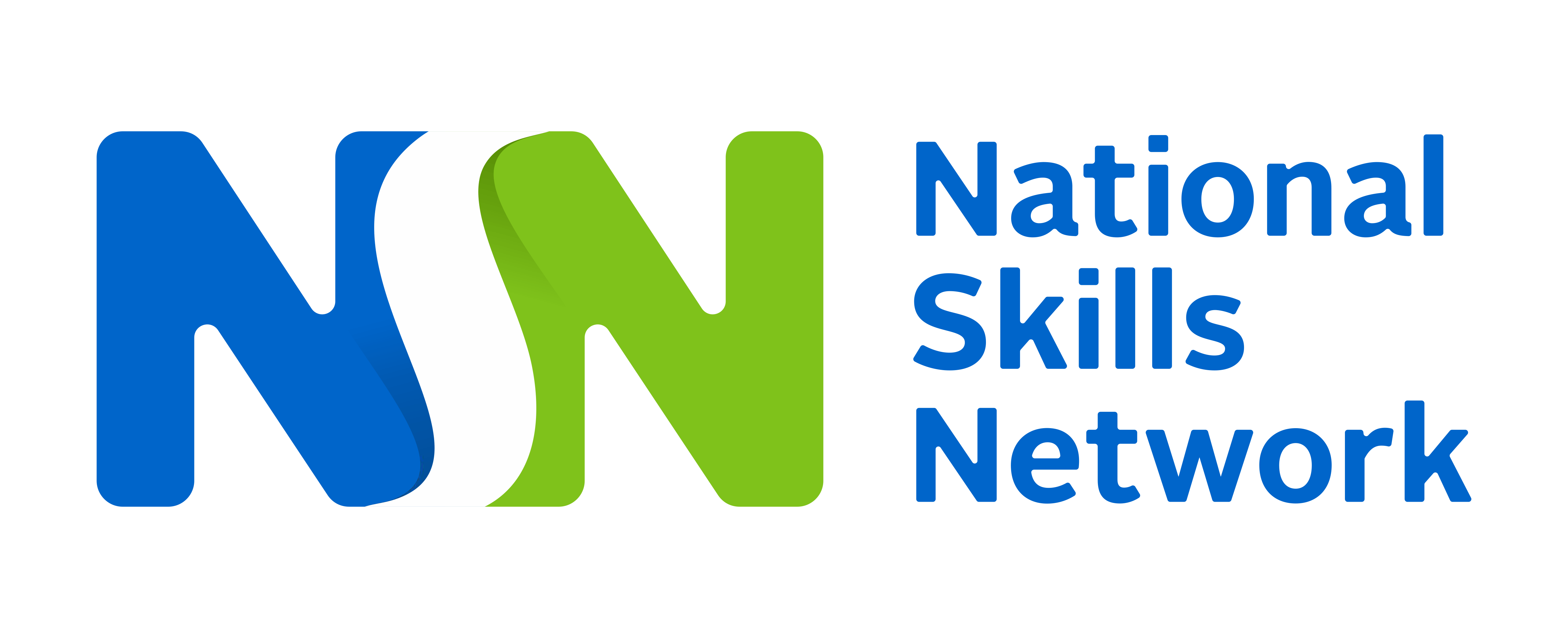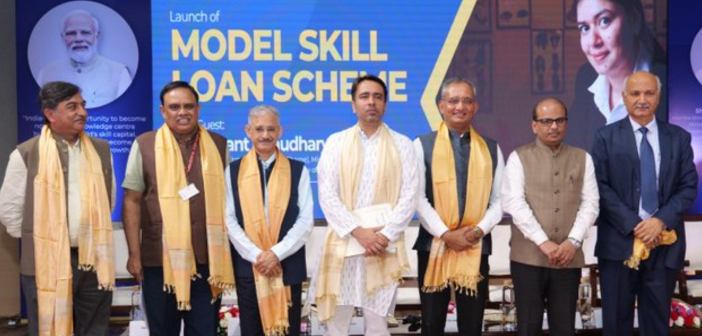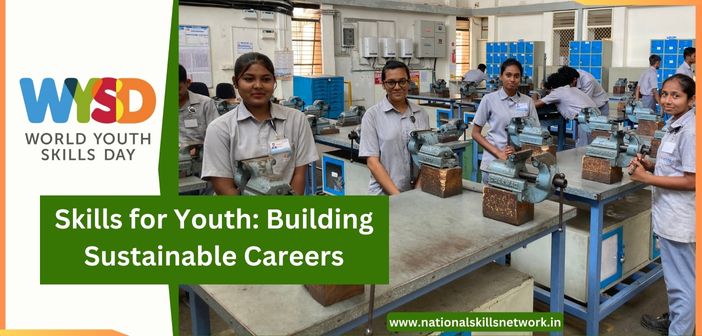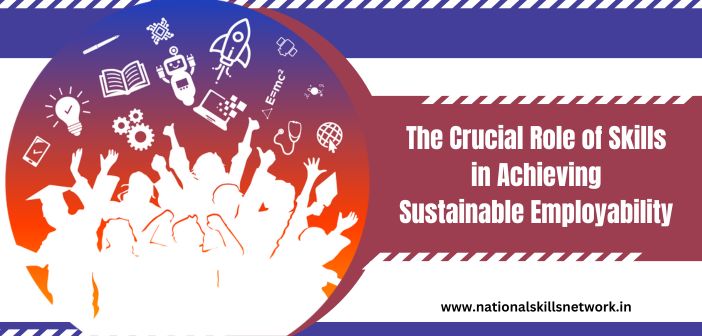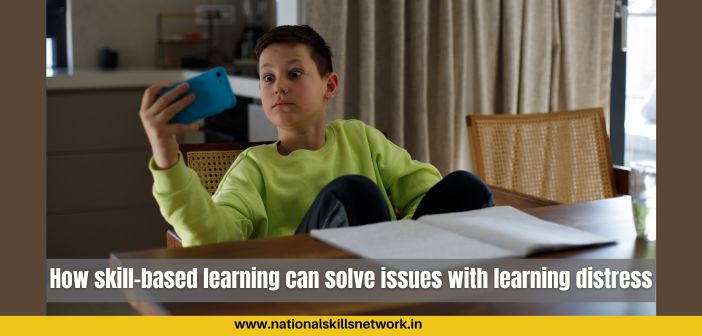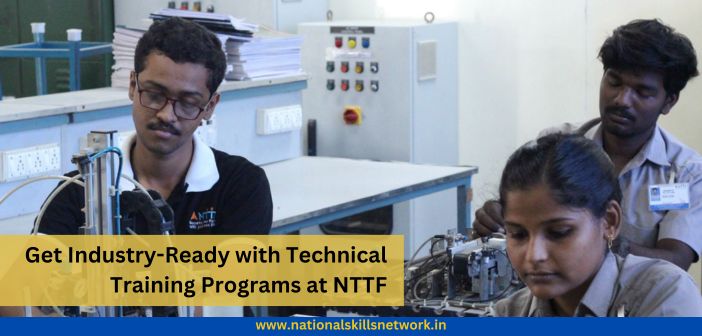Guest Author: Sudhakar Gudipati, Business Unit Head – Vocational Education, TCS iON, Tata Consultancy Services
The pace at which technology is changing and the need for technical education and training to keep up with it is quite demanding. Industry 4.0 and digitisation of industrial operations is not limited to large enterprises anymore! With COVID-19 induced digital adoption in almost every industry sector and emerging skill-based job requirements, the need to acquire the right skills and knowledge has become imperative.
Against this backdrop, the role of technical training institutions in India like Polytechnic colleges and Industrial Training Institutes (ITIs) is of greater significance.
For decades, the Diploma and Certificate courses offered by these institutes have helped the industry with the skilled and semi-skilled workforce. To cope with the changes, it is essential to reimagine their purpose, teaching methodology and outcomes to re-align their contribution to sustainable economic development. We now need to address a few critical issues to reconstruct the landscape of technical education and training.
To present a quick snapshot of the private sector, at present, the technical training landscape comprises 10,000 private ITIs, 2300 private Polytechnic institutes and 4000 skill development institutes besides hundreds of training organizations.
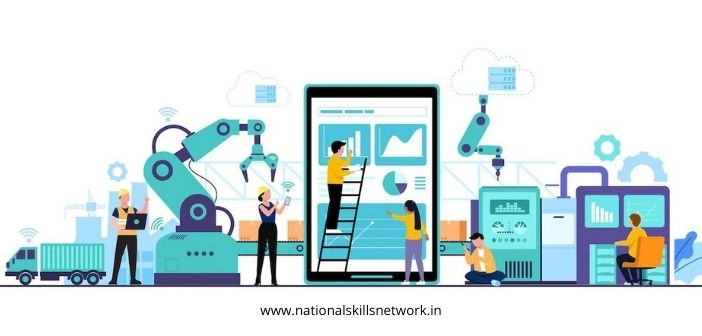
Let’s explore the top five areas that need immediate improvement:
-
Keeping pace with the changes
The Indian framework for technical education is threefold; at the top, we have the engineering colleges, followed by polytechnic colleges and then the Industrial Training Institutes (ITIs). While the ITIs cater to the entry-level skilling through many engineering and non-engineering trades, the Polytechnic streams fill in the middle layer, preparing the students for supervisory job roles. Few key facts before we proceed:
- Courses offered under the Craftsman Training Scheme (CTS) by various ITIs mostly follow an outdated curriculum
- A majority of ITIs do not possess the latest tools and equipment for practical training
- The trainers and instructors rarely get an opportunity to upskill themselves and update their knowledge in specific trades
To make the students industry-ready by imparting new-age skills, the technical training ecosystem must evolve and adapt to the rapidly changing industrial world. This calls for-
- Focused efforts to look into various aspects like the curriculum, infrastructure, practical training, standards, trainers and branding
- Strategic repositioning of the technical and vocational courses, especially, since a degree in Engineering is most aspired for
Today, the industry has moved on to intelligent machines, robotic automation and a highly networked production environment. Green technologies are fast replacing traditional ways of manufacturing for a sustainable future.
Do these changes reflect in the technical courses offered at various levels? Perhaps, a few of them! There is a need to ensure that the curriculum is modernized and the faculty are well-trained to meet the dynamic needs.
-
Capacity building and infrastructure development
One of the crucial challenges is to attract students to technical training programs. Gradual decline in the intake of students also affects revenues and the long-term sustainability of the private institutions. How do we analyse and address this issue?
Is this because of the inability of the institutions to adapt and transform themselves as the industry evolves? Or, is it because of other larger issues that have an impact on capacity building? There are many factors that affect the sustainable and profitable growth of these institutions, such as:
- Low enrolment because of low-esteem as a result of the sociocultural value attached to these courses
- The lack of awareness about the benefits of work-integrated learning
- Low apprenticeship adoption and continuous connect with the industry
- Heavy dependence on CSR funds and hesitance to explore self-funding models
- Low investment in training of trainers and difficulty in attracting outstanding trainers with attractive compensation
- Inability to engage industry experts as adjunct faculty to share the latest knowledge and insights with the students
When it comes to infrastructure, in the case of ITIs, the grading system has set few benchmarks based on certain parameters. The performance of the technical training institutions in terms of physical infrastructure and technical talent adds to their image and impacts the intake of students.
Overall, the lack of physical infrastructure including good buildings and the latest tools affects their performance even though many private Polytechnics operate from the engineering college premises to make optimum use of the resources.
-
Technology integration and feasibility of practical training
The push from COVID-19 has been leveraged by many technical training institutions to integrate technology in the delivery mechanism. Nonetheless, the feasibility of practical training through a digital medium has been a matter of great concern. Admittedly, the nature of courses with a heavy practical component need training in a physical setup. To blend it with the virtual environment and demonstrate its effectiveness will need sustained efforts.
With the resurgence of COVID-19, technical training courses have to:
- Accelerate their adoption of the phygital mode of training, design and delivery. Besides providing a framework to offer blended learning, this could ease the transition to the workplace through virtual apprenticeships and other innovative forms of work-integrated learning
- Facilitate improved connectivity and competitive data plans along with suitable devices to increase the reach of the courses by providing a flexible and personalised learning experience
-
Industry involvement in content development and quality assurance
Industry involvement, especially in the case of technical training cannot be reduced to placements. It’s widely acknowledged that continuous industry participation and involvement can make a huge difference to any technical training program. Engagement with the industry is essential in:
- Modernizing the curriculum and updating the training content
- Ensuring practical training infrastructure in sync with the developments in the industry
- Sharing intellectual capital with the trainers through professional development and research
- Promoting public-private partnership (PPP) in ITIs by constituting Institute Management Committee (IMC)
To reduce the gaps between industry expectations from the training courses and the actual outcomes, many efforts are needed from both the stakeholders in making their engagement mutually beneficial.
-
Vertical mobility through multiple learning paths
For many, doing an ITI course would mean an end-of-the-road decision, which could have been compelled by a financial need. The social implications of positioning ITI courses for dropouts, low achievers and students from certain socioeconomic backgrounds are yet to be amended.
Today, considering the potential of technical training and the dearth of suitably skilled people, one cannot afford to target only those who couldn’t climb the academic ladder (scoring high) and those who come from socioeconomically challenged backgrounds.
But is doing an ITI course really a roadblock? Certainly not! Currently, there are flexible models for completing a degree programme like B.Voc, several apprenticeship opportunities, on-the-job training, practical training, industry exposure and many other perks.
NEP 2020 provides an opportunity to address these issues through options for the vertical mobility of students. It also makes provisions for multiple learning paths and the implementation of a credit framework that can open up new avenues for many technical students.
The steps ahead
It is time to revamp ITIs and upgrade them to be in tune with the changing requirements of the workplace. The courses and curriculum offered at ITIs need to be relooked at in terms of their accessibility, relevance and quality.
The vocational education and training landscape in India should not be seen as an issue or task of big numbers and targets. Rather, it’s an opportunity to cash on the potential of a large number of youths to be skilled, upskilled and reskilled and realise India’s demographic dividend in its true sense. This calls for deploying innovative phygital models of education involving various stakeholders. As a first step, the ITIs and Polytechnics need to expand their vision and seek opportunities for long-term sustainability through continued student growth.
An appropriate infrastructure needs to be created not only to impart efficient practical training but also to transition to a digital economy smoothly. The vocational training institutions that are quality-driven, and technology-enabled will amplify innovation and thus achieve the goal of quality skill development. This will go a long way in changing the negative perception around skilling and low employability among the students trained from these institutes.
Click here to know more about programs offered by TCS iON in technical and vocational education – https://learning.tcsionhub.in/hub/ve/
For more information about TCS iON phygital model for vocational education please email at tcsion.ve@tcs.com
